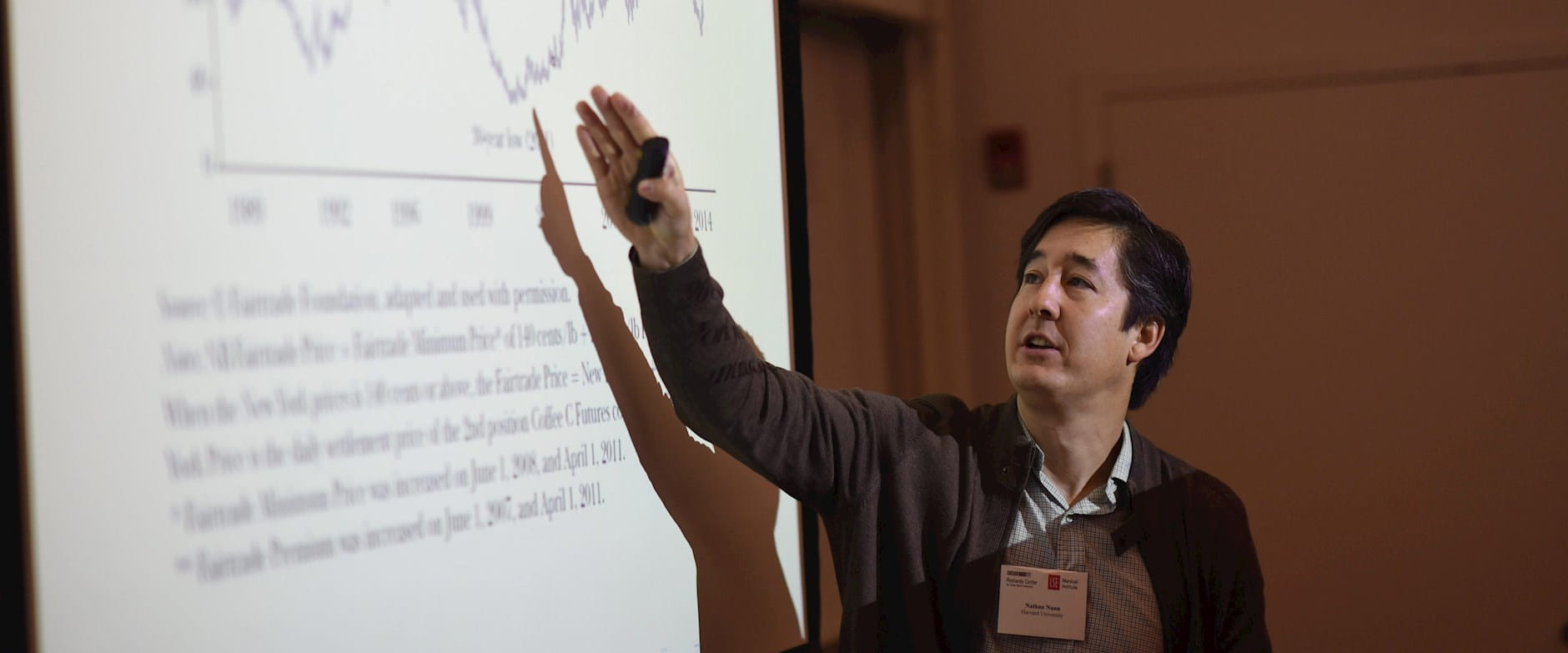The Rustandy Center for Social Sector Innovation at the University of Chicago Booth School of Business and the Marshall Institute for Philanthropy and Social Entrepreneurship at the London School of Economics and Political Science cohosted the third annual conference on the Economics of Social Sector Organizations in Chicago on November 2-3, 2018.
By bringing together scholars studying the social sector from different methodological approaches, the conference showcased new research on how a broad range of organizations organize and mobilize to help or hinder social impact.
A full list of the papers presented (organized by topic area) is available below.
Scaling Social Programs
- A new method beyond random assignment of treatment may allow researchers to track changes in cost and quality of a social program as the program scales, without having to incur the full cost of running the program at larger scale levels. The research suggests that it is possible to operate a program at modest scale n but learn about the input supply curves facing the firm at much larger scale (S × n) by randomly sampling the inputs as if the program were operated at scale as well as randomly assigning the treatment. (Davis et al.)
- While scientists have made great advances in the “whys” and “hows” of field experiments, we have not made as much progress on assessing the threats to scalability. The next frontier is to address how to use data for policy purposes and to learn about scalability, which includes more replication, understanding the representativeness of a situation, and accounting for “voltage drops” in a benefit-cost analysis. (List)
Social Service Delivery
- The electoral process for choosing leaders of community based groups influences the delivery of services. Using a randomized controlled trial in northeastern Uganda, researchers found that a private vote instead of a public discussion procedure for choosing leaders of Savings and Loans groups results in groups that were more inclusive toward poor members. (Bandiera et al.)
- There is an elaborate, persistent, and institutionalized structure of organized crime in Medellín, Colombia, with street gangs in Medellín providing important social services, dispute resolution, and market regulation.The economics of industrial organization may be useful in thinking about these existing vertical integrations and social structures. (Blattman et al.)
Contracts in Impact Investing
- Researchers examined 202 contracts at 54 private equity/venture capital impact funds and 92 of their portfolio companies and scored different contract dimensions, including the aspirational and operational language around impact. They found that impact investing is not greenwashing, and contracts operationalize social-benefit goals. (Geczy et al.)
Corporate Social Responsibility
- Fair trade certification in Costa Rica results in redistribution from intermediaries to farmers with higher incomes for skilled coffee growers, less for intermediaries, and no change for unskilled workers in the industry. The study also found that for every one standard deviation increase in the intensity of fair trade certification in an area, there was an increase of between 2 and 5 percent in the probability of school enrollment among 13- to 17-year-olds. Researchers credit this increase to cooperatives’ use of price premiums for scholarships and other educational investments for the community as a whole. (Dragusanu and Nunn.)
- Many companies deploy charitable giving via corporate foundations that provide funding to NGOs.This paper provides systematic empirical evidence that in some cases, corporate philanthropy may be deployed in attempts to influence American politics. Of the $18 billion in total corporate charitable giving in 2014, an estimated 7 percent may be motivated by a desire to curry favor with an elected official. (Bertrand et al.)
- Depositor behavior may offer a new way to track how markets respond to social movements. This paper analyzes the change in depositor behavior toward 17 banks that financed the construction of the Dakota Access Pipeline (DAPL), a project that sparked widespread protests. During the years when protests were occurring, branches of the banks financing DAPL experienced lower than average deposit growth rates, which the author estimates resulted in upwards of a $20 billion loss in deposits across these banks. (Homanen)
If you'd like to receive updates on social impact stories, events, and research at Chicago Booth, sign up for the Rustandy Center's newsletter. Note: We want to demonstrate our commitment to your privacy. You can review Chicago Booth’s privacy notice for more information.


